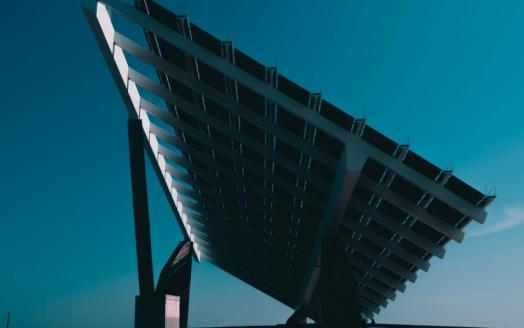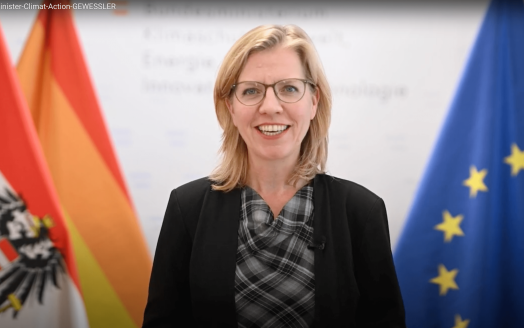Costa Rica
The country’s potential
Costa Rica has produced over 98% of its electricity in the last years using renewable energy sources. The abundance of renewable energy creates a massive opportunity for green hydrogen production.
Pilot projects and studies developed in the country (for example, by Ad Astra Rocket Company) show the technical feasibility of generating green hydrogen from water electrolysis using renewable energy and the possible use of H2 in different applications.
The “Alliance for Hydrogen” and the “Costa Rican Hydrogen Association” have been promoting the development of hydrogen as an energy vector since 2018.
UNIDO supports the country in coordination with the Costa Rican Hydrogen Association (ACH2) and Spanish Hydrogen Association (AeH2).
Partners in the country
National: ACH2, INA (Instituto Nacional de Aprendizaje, SEPSE, MINAE, Facility and
Supply, UN, AECID Costa Rica
International: AeH2, CNH2, BCIE (Central American Bank for Economic Integration).
Aim and focus of our intervention
UNIDO’s Programme for Hydrogen in Industry supports Costa Rica in capacity and skills development and in assessing the country’s potential for building a green hydrogen value chain (?).
Highlights
Advanced Filter



